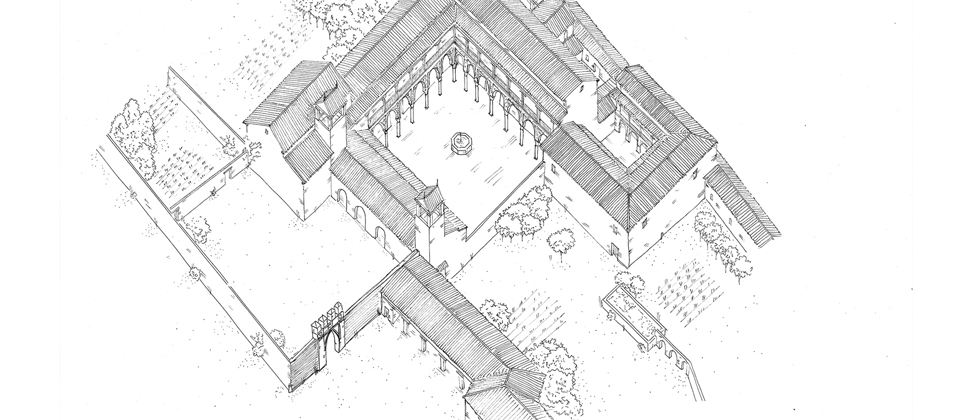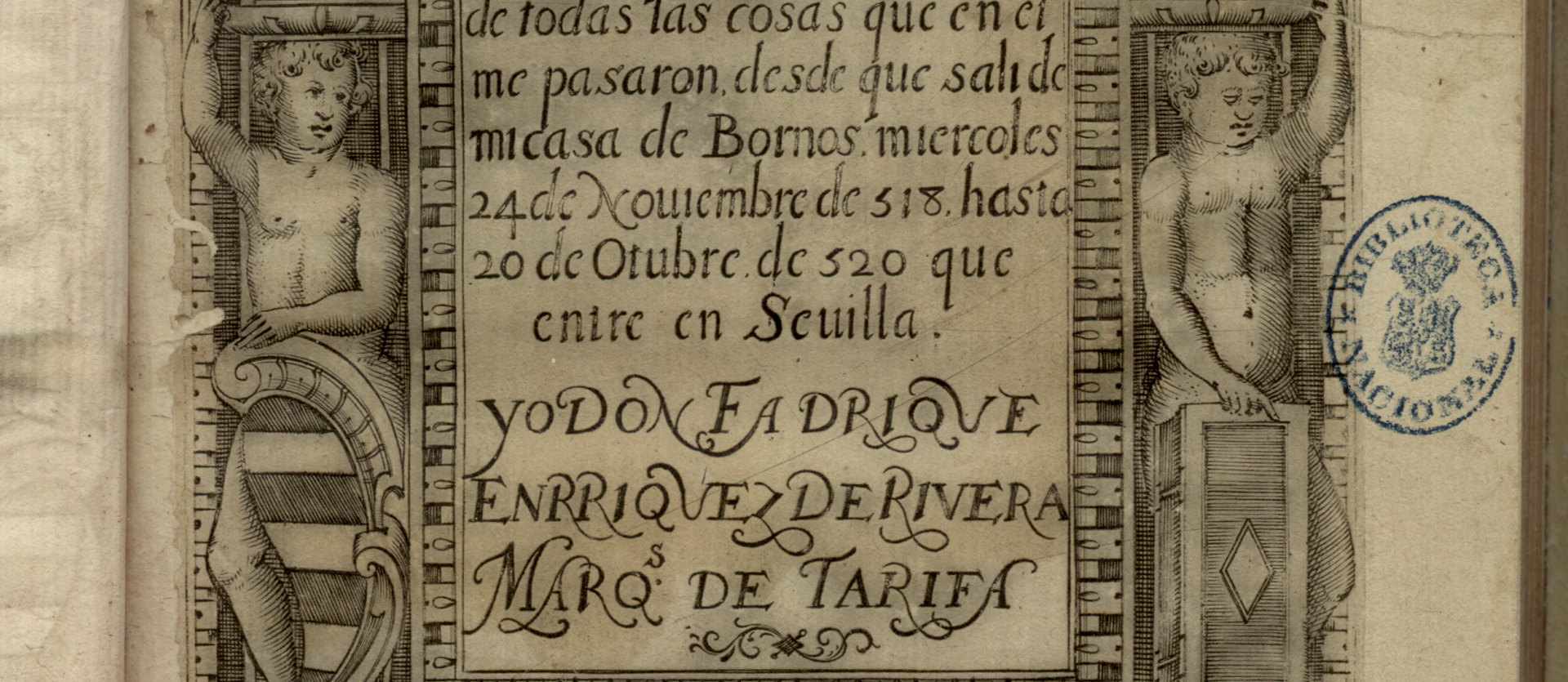The main staircase
The first monumental staircase in Seville
In the medieval palace, the staircase must have been a purely functional element, a spiral staircase that possibly reached the same place as the present one, built by the 1st Marquis of Tarifa in the 1530s, occupying a pre-existing hall.
This is the the city's first monumental staircase and is therefore an early reflection of the unique prominence of the staircase in court ceremonial during the Renaissance.The building is a partition between the more public space of the courtyard and the representative halls of the main floor. This role explains a design that seeks to monumentalise the space, polychromatising it with variegation and covering it in the most sumptuous way imaginable, by means of a superb dome similar to that of the Hall of Ambassadors of the Royal Alcazar..
The better half
To appreciate the radical change that the Marquis of Tarifa introduced into the function of the staircase, suffice it to recall that domes symbolically evoked the celestial vault in the Islamic tradition, both for their shape and for a geometric composition representing order, perfection and the movement of the stars, and were used to cover the main ceremonial hall of a palace. For this reason and because of the difficulty of their construction - the carpenter who made them had to reach the highest grade in the guild, that of 'geometrical' - they were used to cover the main ceremonial hall of a palace. only three examples of this type of dome are extant in Spain and another outside Spain, in Peru, which is a reconstruction from 1973.
The transition between the square floor plan and the circular frame is made by large trusses decorated with gilded muqarnas, which house the arms, held by tenants, of the fathers of the 1st Marquis of TarifaEnríquez y Quiñones, for Don Pedro, and Ribera y Mendoza, for Doña Catalina.
Despite the rich polychromy that this space still has, the usury of time, together with the reforms introduced in the mid-19th century, have reduced it considerably. In a world in which dyes were a commodity accessible to a minority, everything tended to be brownish in colour, so that gilding and bright, contrasting colours were a clear sign of social distinction. It is therefore necessary to imagine it as Don Fadrique conceived it, with the gilding and polychromy of the woodwork intact, its floors of shiny black marble and stained-glass windows made by Flemish masters. The achievement could not have been more complete, as no more original and monumental stage has ever been built in the city than this one.
The relics of the Passion rooster
On the landing, framed by a presumably 18th-century altar, you can see a period copy of the Virgin of La Servilleta. On the next landing, in a recess in the wall under the arch, you will see, behind a grille, a wooden tablet painted with a cockerel to mark, according to popular tradition, the place where the bones of the animal that crowed when Saint Peter denied Christ are to be found, one of the many relics that the Marquis of Tarifa, a great collector of these objects of veneration, brought back from his trip to Jerusalem.


